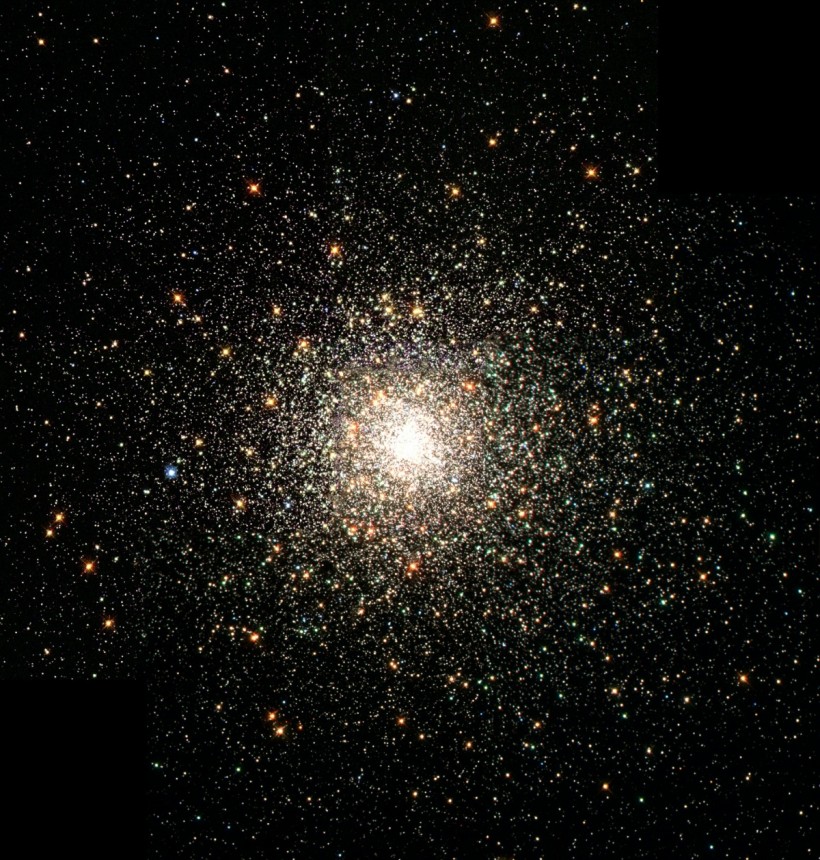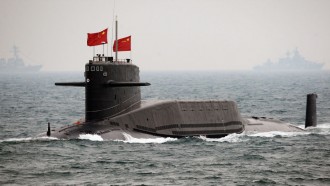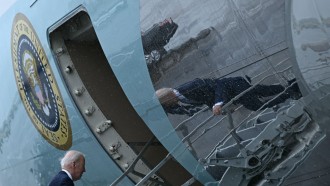
Fast Radio Bursts (FRBs) have puzzled scientists for years. These are intense, brief bursts of energy that radiate from distant corners of the cosmos.
Despite extensive research, the origins and mechanisms behind FRBs remain shrouded in mystery.
However, a recent study suggests a compelling hypothesis: could these mysterious blasts be linked to what scientists refer to as "starquakes"?
Connecting the Dots Between FRBs and Earthquakes
Researchers have noted interesting findings between FRBs and earthquakes. According to The Independent, the notion that these bursts could be akin to the seismic activity experienced by our planet's surface is both intriguing and unprecedented.
Neutron stars, which form when supergiant stars collapse into extraordinarily dense, compact objects, are believed to be one potential source of FRBs.
To delve deeper into this hypothesis, scientists scrutinized data from nearly 7,000 FRBs sourced from various locations in space, where repetitive bursts are emanating.
By examining the temporal and energetic aspects of these FRBs, researchers set out to establish connections with seismic events on Earth, particularly earthquakes.
Exploring Solar Flares as a Dead End
Comparisons between FRBs and solar flares revealed minimal correlations, leading researchers down a different path of inquiry. However, when the focus shifted to earthquakes, a striking resemblance began to emerge.
Tomonori Totani, a lead researcher from the University of Tokyo, shares his findings.
"The results show notable similarities between FRBs and earthquakes, such as the probability of an aftershock occurring, the rate of aftershock occurrence in relation to time, a consistent aftershock rate, and the absence of correlation between main shock and aftershock energies," Totani says.
Related Article: Gaia Space Probe Finds Weird 'Starquakes' in the Milky Way Through 3D Map
The Theory of Neutron Star 'Starquakes'
This discovery has spurred a theory that posits the existence of a solid crust on the outer surface of neutron stars. Much like our planet experiences seismic events, these neutron stars could undergo "starquakes" that unleash potent surges of energy, eventually reaching us as FRBs.
Further exploration is required to cement the connection between FRBs and starquakes and to glean insights into these cosmic enigmas.
In the words of Professor Totani, studying starquakes on distant ultradense stars can allow them to gain new insights into earthquakes and very high-density matter.
This groundbreaking research is detailed in the paper titled "Fast radio bursts trigger aftershocks resembling earthquakes, but not solar flares," featured in the journal Monthly Notices of the Royal Astronomical Society.
In other news, NASA's James Webb Space Telescope snapped an infrared view of a vibrant star region located in the Small Magellanic Cloud.
The huge space observatory was able to capture the image in its full colors. The compilation of data has helped the researchers to observe how the stars and the protostars occupy the whole spatial region.
For more space-related news, always visit Tech Times for updates.
Read Also: How NASA's Roman Mission Prepares for the Upcoming Data Deluge









